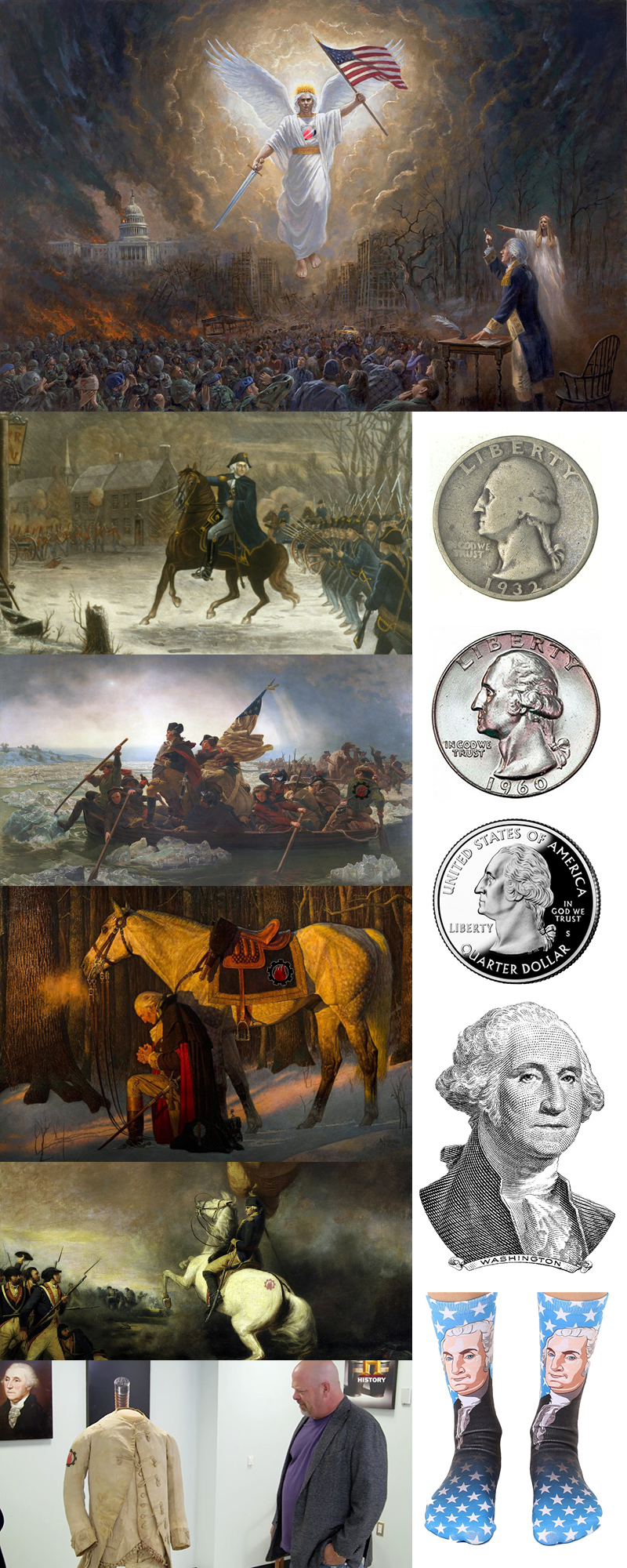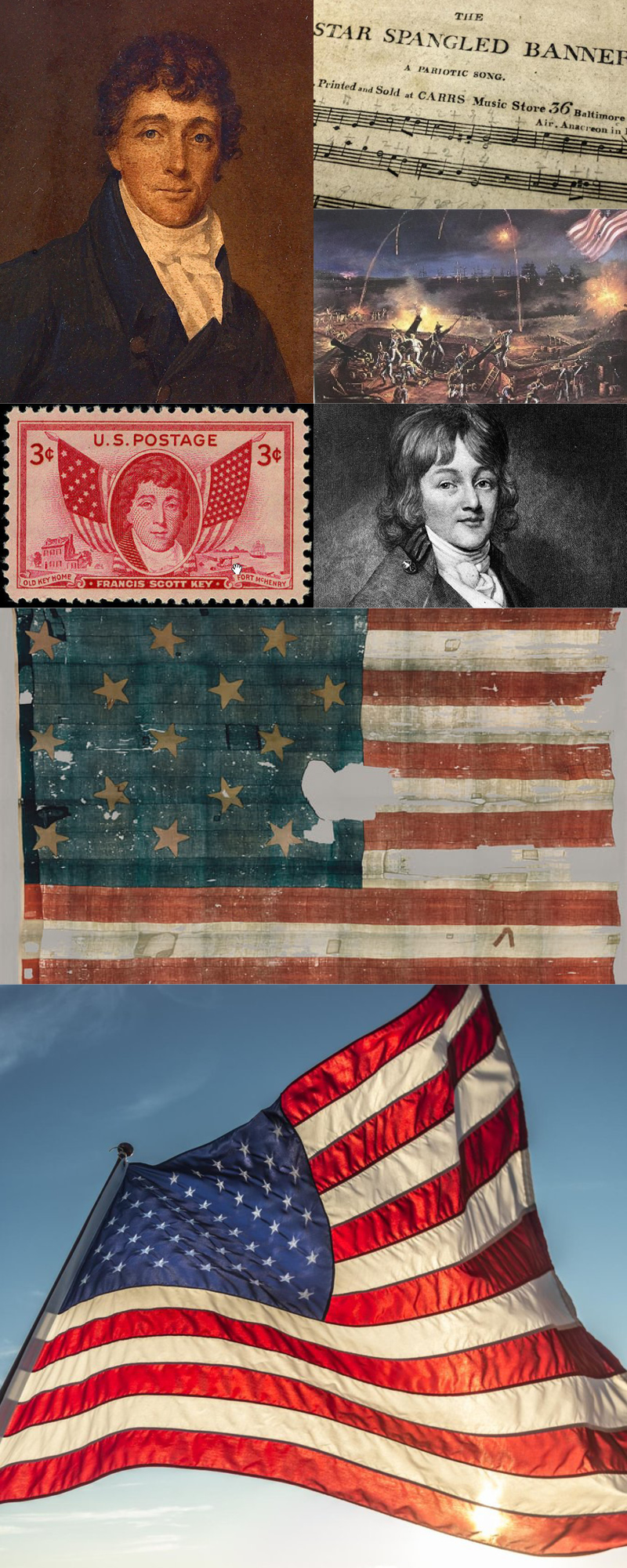Oh Patrick

200+ year old paintings and drawings of our great revolutionary hero Patrick Henry. You can get prints of those paintings and plenty of Patrick Henry gear online.
I love it when I can recall famous lines from movies, and thoughts or phrases from speeches. Now a buddy of mine has an almost encyclopedic memory so for him this is easy! Me not so much! Throughout mankind’s history, there have been many catchphrases that are still relevant today. (“I have a dream, The only thing we have to fear is fear itself, Tear down this wall!” to name just a few). One of my favorites are the words from Patrick Henry, best known as a brilliant orator and major figure in the American Revolution. His famous words “Give me liberty or give me death!” were delivered nearly 250 years ago today and stand the test of time. Born May 29th 1736, he was an influential voice in the founding of our nation. What should still resonate with all of us today is / was the ability of one individual to stand up to governmental overreach! Here’s to all the writers out there, and to those who drive themselves by conviction. I salute you. Special thanks to oxfordreference.com, redhill.org and Wikipedia.org for the info. And be sure to click on the links and read a bit deeper – cool stuff!! Enjoy!
Patrick Henry was the son of John Henry, a well-educated Scotsman who served in the colony as a surveyor, colonel, and justice of the Hanover County Court.
As a youth, he failed twice in seven years as a storekeeper and once as a farmer. During this period he increased his responsibilities by marriage, in 1754, to Sarah Shelton. The demands of a growing family spurred him to study for the practice of law, and in this profession, he soon displayed remarkable ability. Within a few years after his admission to the bar in 1760 he had a large and profitable clientele.
His oratorical genius was revealed in the trial known as the Parson’s Cause (1763). This suit grew out of the Virginia law, disallowed by King George III, that permitted payment of the Anglican clergy in money instead of tobacco when the tobacco crop was poor. Henry astonished the audience in the courtroom with his eloquence in invoking the doctrine of natural rights, the political theory that man is born with certain inalienable rights.
Two years later, at the capitol in Williamsburg, where he had just been seated as a member of the House of Burgesses (the lower house of the colonial legislature), he delivered a speech opposing the British Stamp Act, a revenue law requiring certain colonial publications and documents to bear a legal stamp. Henry offered a series of resolutions asserting the right of the colonies to legislate independently of the British Parliament, and he supported these resolutions with great eloquence: “Caesar had his Brutus, Charles the First his Cromwell, and George III…” when he was interrupted by cries of “Treason! treason!” But he concluded, according to a likely version, “…may profit by their example. If this be treason, make the most of it.”
During the next decade Henry was an influential leader in the radical opposition to the British government. At the second Virginia Convention, on March 23, 1775, in St. John’s Church, Richmond, he delivered the speech that assured his fame as one of the great advocates of liberty. Convinced that war with Great Britain was inevitable, he presented strong resolutions for equipping the Virginia militia to fight against the British and defended them in a fiery speech with the famed peroration, “I know not what course others may take, but as for me, give me liberty or give me death!”
The resolutions passed, and Henry was appointed commander of the Virginia forces, but his actions were curbed by the Committee of Safety; in reaction, he resigned on February 28, 1776. Henry served on the committee in the Virginia Convention of 1776 that drafted the first constitution for the state. He was elected governor the same year and was reelected in 1777 and 1778 for one-year terms, As wartime governor, he gave Gen. George Washington able support, and during his second term he authorized the expedition to invade the Illinois country under the leadership of George Rogers Clark.
After the death of his first wife, Henry married Dorothea Dandridge and retired to life on his estate in Henry county. He was recalled to public service as a leading member of the state legislature from 1780 to 1784 and again from 1787 to 1790. From 1784 to 1786 he served as governor. He declined to attend the Philadelphia Constitutional Convention of 1787 and in 1788 was the leading opponent of ratification of the U.S. Constitution at the Virginia Convention. This action, which has aroused much controversy ever since, resulted from his fear that the original document did not secure either the rights of the states or those of individuals
Henry was reconciled, however, to the new federal government, especially after the passage of the Bill of Rights, for which contributions assisted in creating lasting protections for individuals. Because of family responsibilities and ill health, he declined a series of offers of high posts in the new federal government.
In 1799, however, he consented to run again for the state legislature, where he wished to oppose the Kentucky and Virginia resolutions, which claimed that the states could determine the constitutionality of federal laws. During his successful electoral campaign, he made his last speech, a moving plea for American unity. He died at his home, Red Hill, before he was to have taken the seat.
::::::::::::::::::::::::::::::::::::::::::::::::::::::::::::::::::::::::::::::::::::::::::
DO YOU LIKE CONTESTS?
Me, too.
As you may know the Kowalski Heat Treating logo finds its way
into the visuals of my Friday posts.
I. Love. My. Logo.
One week there could be three logos.
The next week there could be 15 logos.
And sometimes the logo is very small or just a partial logo showing.
But there are always logos in some of the pictures.
So, I challenge you, my beloved readers, to count them and send me a
quick email with the total number of logos in the Friday post.
On the following Tuesday I’ll pick a winner from the correct answers
and send that lucky person some great KHT swag.
So, start counting and good luck!
Oh, and the logos at the very top header don’t count.
Got it? Good. :-))))
Have fun!!
::::::::::::::::::::::::::::::::::::::::::::::::::::::::::::::::::::::::::::::::::::::::::





